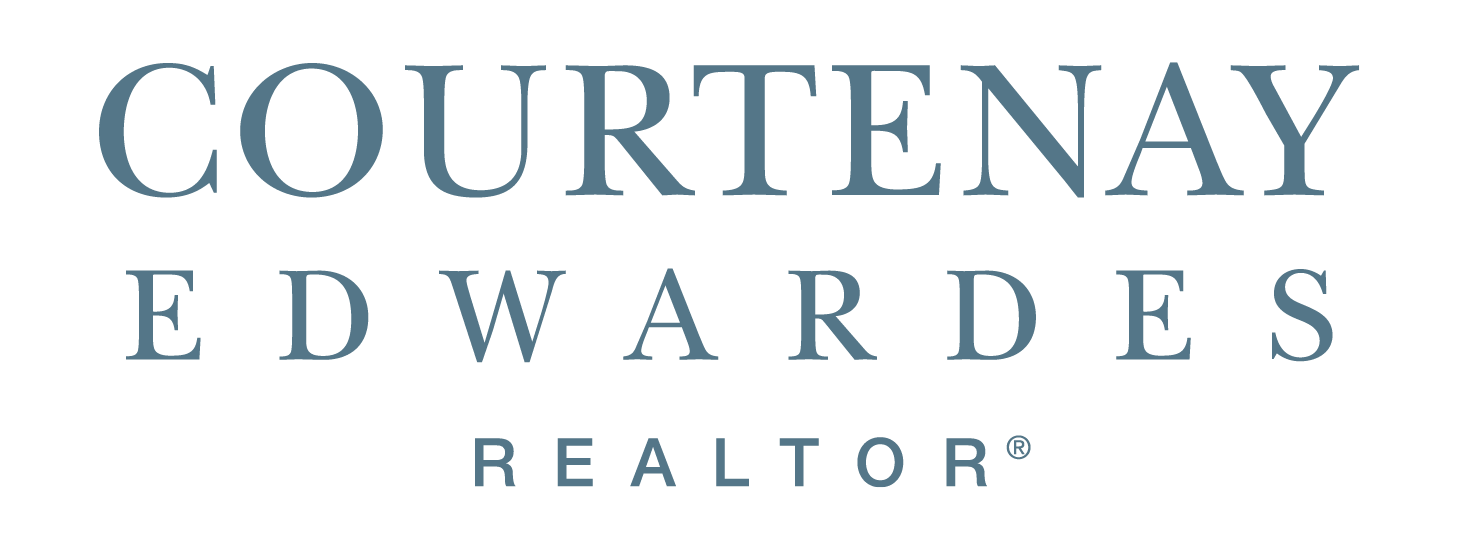While this focuses on the paperwork that’s typically needed for a mortgage pre-approval process, we need to touch on the other stages of the lending process as well. As a borrower, you might be asked for documents at various points along the way.
Here are some of the stages where you might be asked to provide them:
- Pre-Approval: During this process, the mortgage lender will review your financial situation to determine (A) whether or not you’re qualified for a loan, and (B) how much you are qualified to borrow. This happens before house hunting, hence the “pre” title. There are quite a few documents needed during the mortgage pre-approval process.
- Underwriting: During this process, the lender’s underwriter (or underwriting team) will carefully review the loan application and other supporting documents to ensure that the borrower and the property meet all appropriate guidelines and requirements.
- Conditional Approval: In some lending scenarios, the underwriter might issue what’s known as a conditional approval. This means the borrower is one step closer to closing, but the underwriter still needs some additional documents or information in order to give the final “clear to close” sign-off.
- Closing Day: When all is said and done — and all of the loan documents have been prepared, reviewed and finalized — the borrower can attend closing and finish up the process.
Now that we’ve put the pre-approval into a broader context, let’s look at some of the common documents that are required during the mortgage pre-approval process.
Documents Needed for Mortgage Pre-Approval and Underwriting
Paperwork is the lifeblood of the mortgage industry. While the industry is gradually adopting paperless procedures (such as electronic signatures, or “e-signing”), there are still plenty of documents required in a typical mortgage pre-approval process.
Here are some of the most commonly requested items:
- Proof of employment. Your mortgage lender will probably request a list of employers for the last two years (at a minimum). This document will also include each employer’s name, mailing address and phone number. They want to verify your employment, because it relates to your ability to repay the loan.
- Proof of income. These mortgage documents are needed to validate your income for pre-approval and underwriting. It might come in several forms. Usually, it’s your two most recent pay stubs, or the electronic equivalent, that show your year-to-date earnings. It’s your average annual income the lender wants to know about. The lender might also use tax records to verify your earnings.
- Tax documents. This is a standard document for mortgage pre-approval. There’s a 99% chance you will have to provide tax documentation at some point. Most lenders want to see your tax returns for the last two years.
- Place of Residence. This one is self-explanatory. For pre-approval and underwriting purposes, the lender wants to know where you’ve lived for the last couple of years (and maybe longer).
- Bank account information. When you apply for mortgage pre-approval, the lender will want to know how much money you have in the bank. They need to ensure you have sufficient funds for your closing costs, down payment, and cash reserves (if applicable). They will probably ask you for account statements and balances for any checking, savings, or other accounts. This is another standard mortgage document for pre-approval. Nearly every lender will require this.
- Credit information. Do you have other outstanding loans that you’re currently repaying (e.g., car loans, student loans, etc.)? If so, the lender may ask for documents related to those accounts. They need this information to measure your debt-to-income ratio, among other things.
- Purchase agreement. (Also referred to as the real estate contract.) Once you have a signed contract with the seller, you’ll need to give a copy of it to the lender. You won’t have this mortgage document during the pre-approval process (the “pre” parts means you haven’t found a house yet). But you’ll need to provide it for underwriting and final approval, after you’ve made an offer on a house. This document shows the lender how much you’ve agreed to pay for the house. Later, they will have the property appraised to make sure it’s worth the amount you’ve agreed to pay.
- Gift letters. Are your family members going to provide funds to help you cover your down payment expense? If so, you’ll need to provide a gift letter along with your other mortgage documents. The lender needs to verify that the money is truly a gift, and that your relatives don’t expect any form of repayment.
- Monthly expenses. Some mortgage companies will ask for an itemized list of your monthly payments. This list might include your rent, credit cards, student loans, etc. It helps them evaluate your debt-to-income ratio and your ability to repay the debt.
- Self-employment documents. Do you run your own business? If so, you might have to provide some additional documents during the mortgage pre-approval process.
Know your monthly budget
- Even if you are approved to a certain amount, you will need to make sure you can cover the mortgage payment as well as the other expenses in your life.
- Are you planning any renovations?
- Are you saving for retirement or your children’s education?
- Do you enjoy dining out regularly?
- How much do you spend on groceries, entertainment, sports or clothing?
Just remember, on paper you may be able to afford what the bank is willing to lend you, but in reality, can you afford the payments and still live the life you love?


